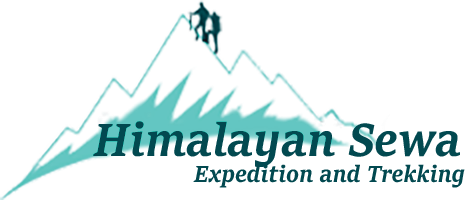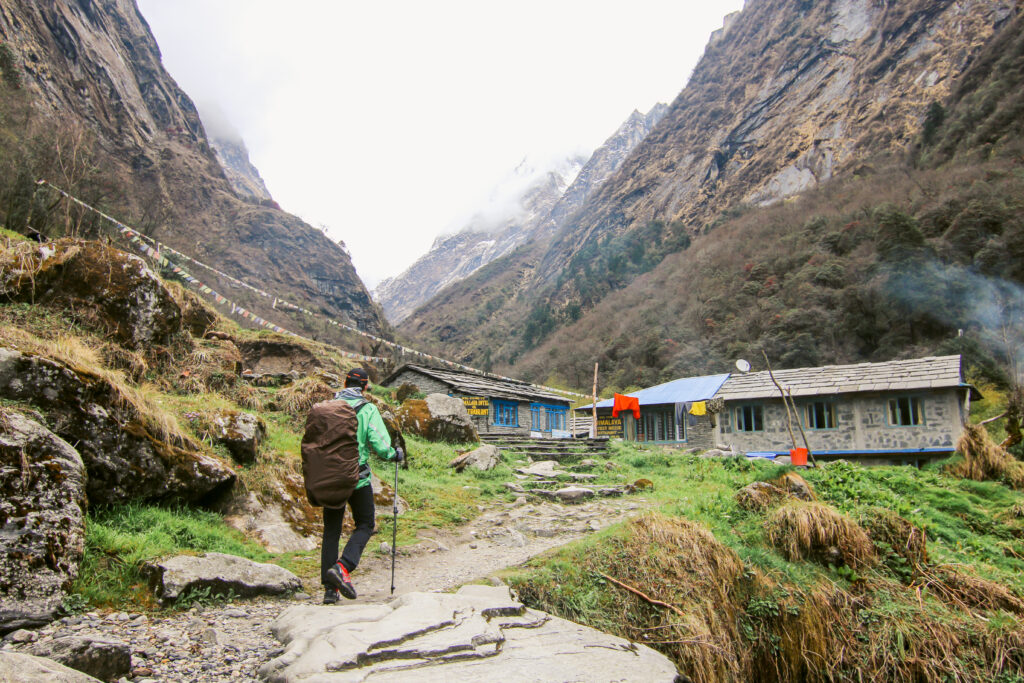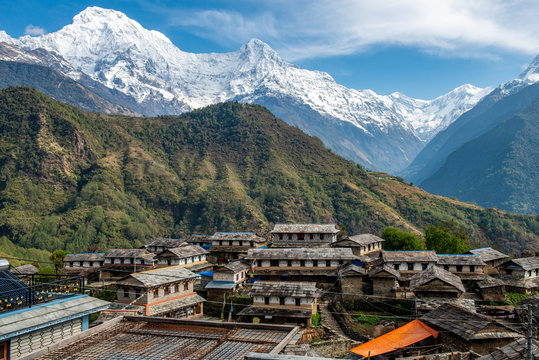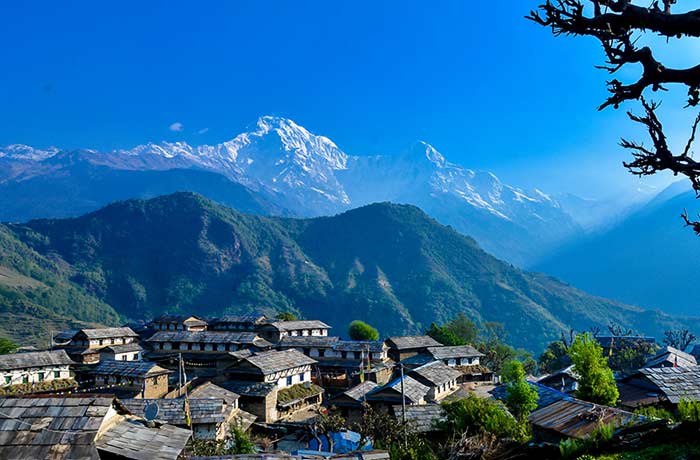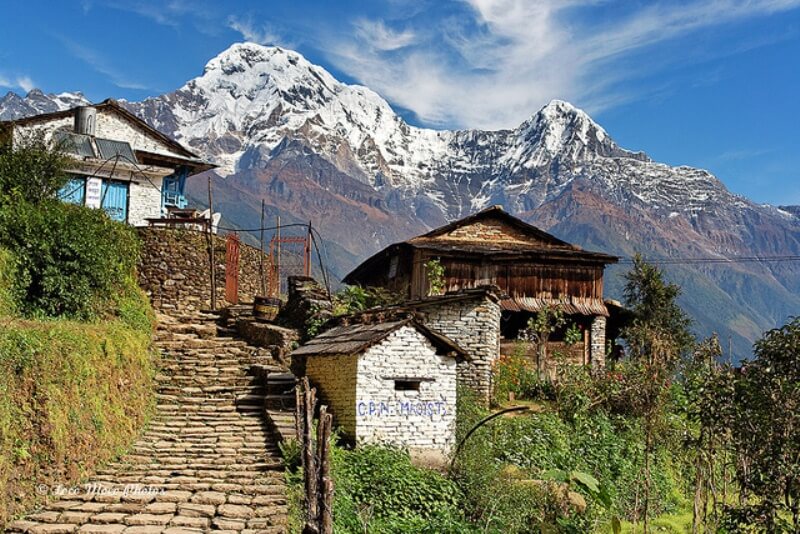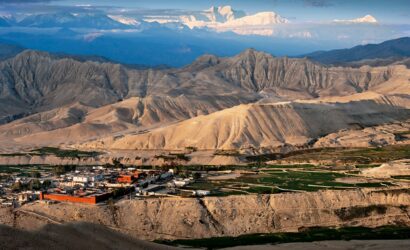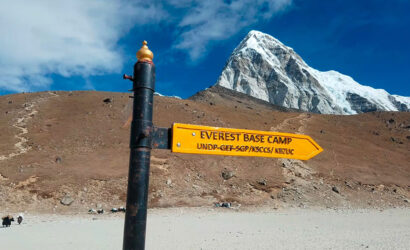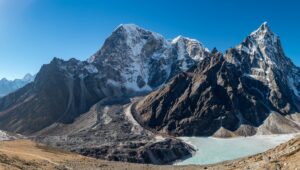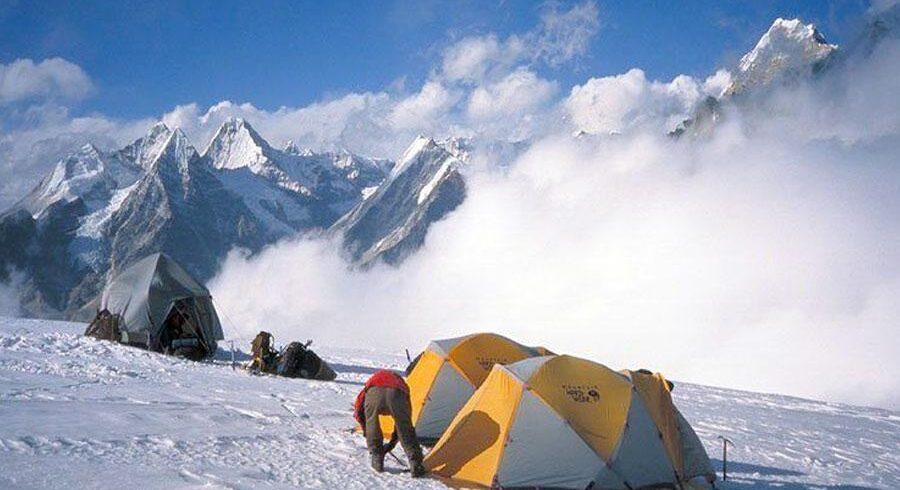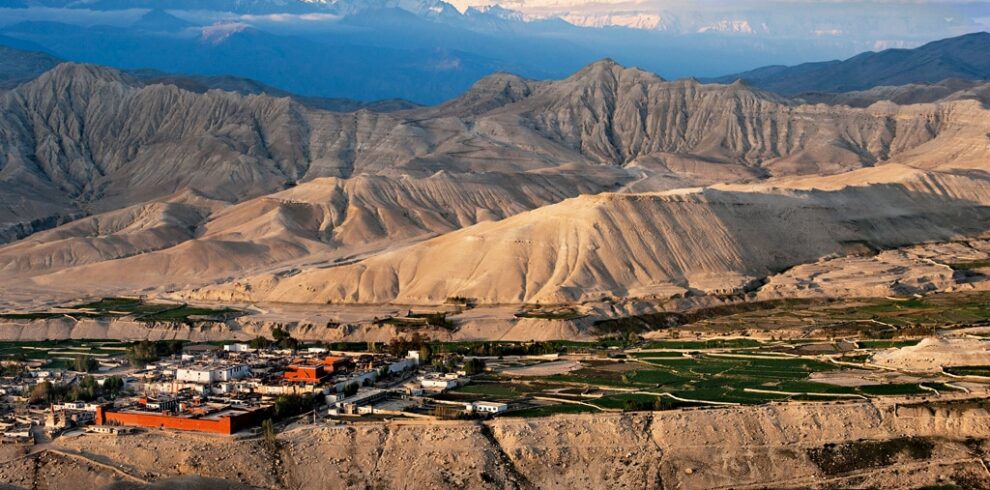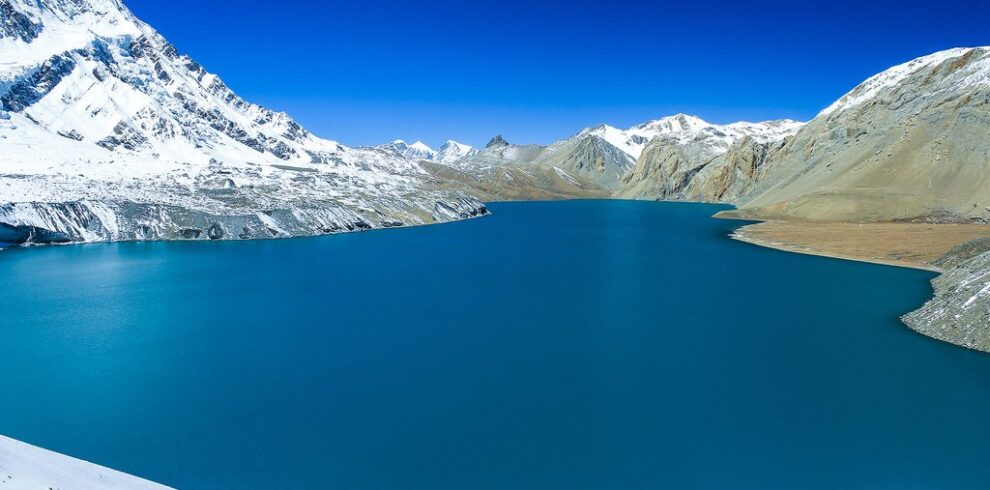Welcome to the Ghandruk Trek Experience!
Embark on an unforgettable journey through the mesmerizing landscapes of the Annapurna region with the Ghandruk Trek. Nestled in the heart of the Himalayas, this trek offers a perfect blend of breathtaking scenery, rich cultural encounters, and a sense of accomplishment as you conquer the trails.
Overview: The Ghandruk Trek is a moderate trekking route that takes you through traditional Gurung villages, lush forests, and terraced fields, providing an authentic taste of Nepalese culture and hospitality. The highlight of the trek is reaching the charming village of Ghandruk, known for its warm hospitality, traditional architecture, and panoramic views of the Annapurna and Machapuchare mountain ranges.
Key Highlights:
- Scenic Landscapes: Immerse yourself in the awe-inspiring beauty of the Annapurna region. The trail offers stunning views of snow-capped peaks, dense forests, and terraced fields. Every step brings you closer to nature’s wonders.
- Cultural Encounters: Experience the unique culture of the Gurung community as you pass through traditional villages. Engage with locals, visit ancient monasteries, and witness daily life in the mountains. The warmth of the people will leave a lasting impression on your heart.
- Ghandruk Village: Explore the picturesque village of Ghandruk, perched on a hilltop with breathtaking views. Marvel at the traditional stone houses, intricately carved windows, and narrow alleys. Enjoy a homestay experience to truly connect with the local way of life.
- Annapurna Sanctuary: The Ghandruk Trek is a gateway to the Annapurna Sanctuary, a glacial basin surrounded by towering peaks. Revel in the beauty of Machapuchare (Fishtail) and the Annapurna Massif, creating an awe-inspiring backdrop for your adventure.
- Diverse Flora and Fauna: Traverse through rhododendron forests, oak trees, and bamboo groves, showcasing the rich biodiversity of the region. Keep an eye out for exotic wildlife, including various bird species and the elusive red panda.
Overview
Travel is the movement of people between relatively distant geographical locations, and can involve travel by foot, bicycle, automobile, train, boat, bus, airplane, or other means, with or without luggage, and can be one way or round trip. Travel can also include relatively short stays between successive movements.
The origin of the word “travel” is most likely lost to history. The term “travel” may originate from the Old French word travail, which means ‘work’. According to the Merriam Webster dictionary, the first known use of the word travel was in the 14th century.
It also states that the word comes from Middle English travailen, travelen (which means to torment, labor, strive, journey) and earlier from Old French travailler (which means to work strenuously, toil). In English we still occasionally use the words “travail”, which means struggle. According to Simon Winchester in his book The Best Travelers’ Tales (2004), the words “travel” and “travail” both share an even more ancient root: a Roman instrument of torture called the tripalium (in Latin it means “three stakes”, as in to impale).
